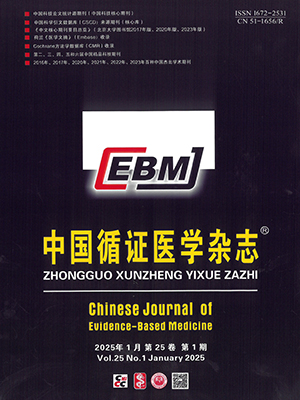Objective To investigate the recovery status of people wounded in the Wenchuan earthquake.
Method Data were retrospectively collected from administrative documents in the Bureau of Medical Affairs, Sichuan Provincial Health Department. The severity of injury was assessed by Injury Severity Score (ISS). The data were recorded by EXCEL software and descriptive analysis was conducted.
Results Our analysis results of rehabilitation treatment through Feb. 5, 2009 shows that 27,080 of the 28,008 patients had been treated and discharged, for a discharge rate of 97.8%. There were 928 patients still in hospitals at that time, including 55 cases of traumatic brain injury, 163 cases of paraplegia, 260 amputees, and 449 cases of severe spine, pelvis and other fractures. Some amputees needed to receive replacement of artificial limbs or stump dressing operation and rehabilitation; most patients who were installed internal fixation needed to removal and post-rehabilitation.
Conclusions The effectiveness of rehabilitation is significant. Our work in the next stage should focus on (1) continuing to improve the establishment of province’s rehabilitation capabilities and increasing capital investment; (2) enhancing training for medical rehabilitation practitioners in order to improve operational standards and service capabilities; (3) developing the wounded rehabilitation standards in later stages, conducting follow-up and functional training in order to maximize recovery and return to society; (4) increasing employment opportunities for disabled persons.
Citation: LI Yuanfeng,PAN Fuqiong,LI Yufeng. Analysis of Rehabilitation Needs, Measures Taken, and Their Effectiveness for the Wounded Following the Wenchuan Earthquake△. Chinese Journal of Evidence-Based Medicine, 2009, 09(12): 1258-1262. doi: 10.7507/1672-2531.20090228 Copy
Copyright © the editorial department of Chinese Journal of Evidence-Based Medicine of West China Medical Publisher. All rights reserved




